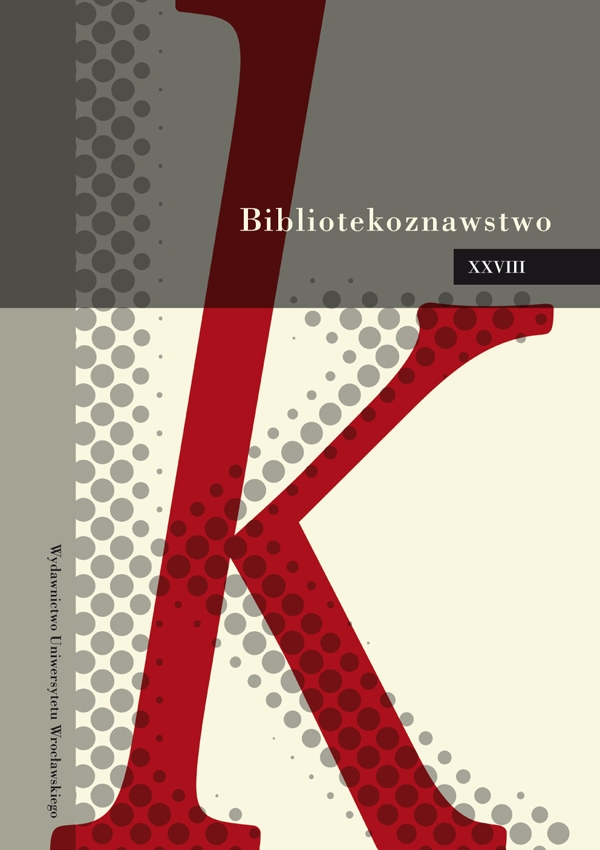Sygnet drukarski. Zarys problemów badawczych
Abstrakt
Printer’s signet. An outline of research problems
Almost from the very beginnings printed books were inextricably connected with the printer’s signet – a sign that the typographer would use to mark publications from his printing house. Invented as a mark that would distinguish various printing houses and thus prevent the taking over of sales profits, the signet was initially a very simple or even awkward sign. With time, however, it became more delicate and more elaborate; as a result, its practical purpose was gradually obscured by its aesthetic values and the signet became a miniature work of graphic art. Thus it became of interest not only to scholars studying typography, but also to those dealing with the history of art and iconography. The small but often very rich signet compositions hide complex messages that reveal the typographer’s literary interests, his religious beliefs or aesthetic preferences. In order to get the full measure of the impressors’ emblems, we need to use such research methods that would allow us to bring out this wealth of meanings and as such would combine analyses carried out from the point of view of library studies and history of art. However, the complexity of the printer’s signet as a research subject is not the only problem associated with this element. Equally important is the issue of obtaining research material that will make it possible to carry out an in-depth analysis of impressor signs, especially in case of signs used from the 15th to the 18th centuries. The present paper examines not only the complex nature of the signet, but also a number of sources from which the research material can be obtained, both in the traditional form and by means of modern information and communication technologies, most often in the form of on-line databases.

